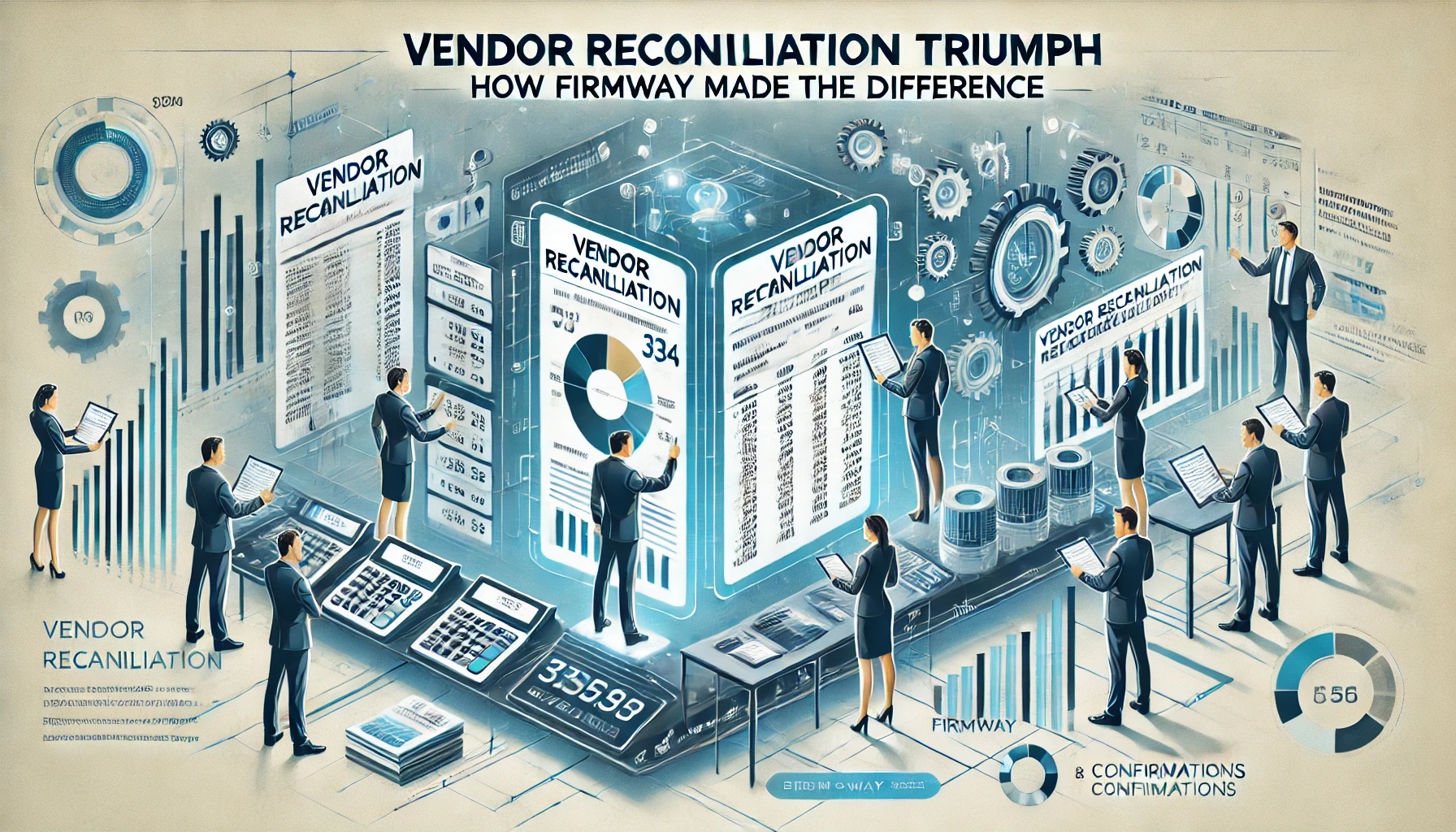Transforming Accounting: From Data Digging to Enhancing Cash Flow
Accounting has traditionally played the role of the data keeper. However, recent developments have expanded the roles of account teams, changing this perception from mere data recording to actively enhancing cash flow. Businesses have regarded the accounting team as both a booster of cash flow and a cost center, with their main function being the maintenance of records of company activities. The 21st Century has realized the importance of data and its analysis. Moreover, data analysis is not just limited to operational activities; it has also made its presence felt in the accounting function. One such Data Digging exercise we will be focusing on today is boosting cash flow through ledger reconciliation.
The Impact of Ledger Reconciliation on Cash Flow
Our experience with clients has led to the following observations from ledger reconciliation activities:
- We identified Rs 998 crore in vendor-unadjusted advances.
- The company raised a Rs 3,761 crore debit note that vendors or customers did not book.
- Vendors reversed a Rs 2,942 crore invoice, even though the company had claimed GST credit.
- Vendors issued Rs 314 crore in credit notes that the company did not account for.
- Customers deducted Rs 53 crore in TDS, which the company failed to record.
All the above can have a direct and/or indirect impact on the cash flow of the Company. If the account team is able to identify such a mismatch on a timely basis and deep dive into it, then it can convert itself from a cost center to a profit center.
Data Digging for Cash Flow Enhancement
Manual reconciliations, even with Excel – MATCH, HIGHLIGHT, or LOOKUP formulas, bear the risk of human errors. Any inefficiency or deficiency in reconciliation plagues the entire enterprise; it affects the credibility of financials, causes inefficient decision-making, and affects the goodwill of a company. Automated reconciliation is the solution to all the above issues.
The Power of Automated Reconciliation
Automation can simplify and streamline the tedious reconciliations process. With minimal human involvement, the entire process of vendor communication, follow-ups, tracking, gathering, and summarizing voluminous information works automatically in the background. The added leverage of real-time analytics makes companies proactive and efficient.
Enhancing Data Digging with Technology
Using technology for reconciliation has led to the observations shared above. Thus, CFOs and account teams should continue to adopt technologies that allow them to analyze and interpret the vast amount of data at their disposal.
The Role of Technology in Accounting
Technology makes reconciliations, be it vendor, bank, GST, or TDS, simple and efficient. It also simplifies the communication of reconciliation differences through a world-class online action tracker. Thus, adopting technology in accounting and reconciliations should be a priority for CFOs and account teams.






